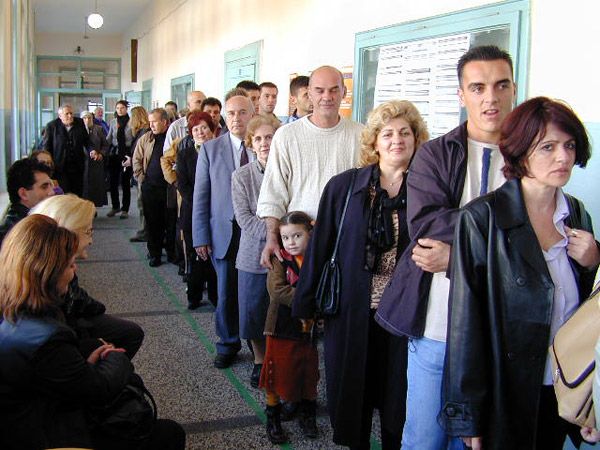It’s a situation no one ever wants to be in: you rush yourself or a loved one to the emergency room at a hospital needing immediate medical attention only to be greeted by a waiting room full of dozens of others who also need urgent care or emergency care–some with minor symptoms and others with major causes for concern. Minute after minute, hour after hour, you wait anxiously for your name to be called as you wait in the hospital emergency room.
Long ER wait times are extremely common all over the United States, especially Dallas, and are on the rise, according to the American College of Emergency Physicians. But besides the number of patients, what causes such long delays in hospital emergency rooms? Here are 7 causes for this overwhelmingly widespread problem:
Why are ER wait times so long?
1. Triage
Whether it’s in the checkout line at the grocery store or waiting to be seated at a restaurant, society has accepted the notion of “first come, first serve” in every other area of our lives. Therefore, we expect emergency care centers to be the same. However, emergency rooms use a different method to serve patients. Known as “triage,” patients are assigned a degree of urgency based on their wound or illness. The higher degree of urgency, the quicker a patient is admitted. A patient with a minor symptom, such as a small cut or burn, can expect to wait behind those with higher degrees of urgency, such as heart pain symptoms or major trauma. While this can be frustrating, it helps the emergency room staff assist those requiring immediate treatment quicker and even saves lives.
2. Diagnosis
Another contributing factor to long ER wait times is the time it takes to diagnose each patient. Emergency physicians must first rule out life-threatening conditions and then possibly administer blood tests, X-rays, CT scans and other lab work, depending on the illness or injury. For ERs that don’t have easy access to imaging equipment and labs, it can take hours, and sometimes days, to complete these tests and examine the results, causing extended delay for those waiting to be admitted. At Advance ER, we have imaging equipment and labs in-house and available 24/7 for speedier service.
3. Boarding
Every hospital or emergency care facility has a certain number of beds available where patients can rest as they are diagnosed and/or treated. This number is an indication of how many patients emergency room physicians can serve at once. While most cases end in same-day discharge or transfer to a different department, some patients require prolonged boarding times. If all hospital beds are full, it prevents the staff from attending to other patients coming in.
4. Specialists
While emergency physicians are available 24 hours a day and 7 days a week, other medical specialists are not as readily available. If a patient requires a diagnosis or treatment by a neurologist, cardiologist or pulmonologist, it could take quite a bit of time for them to respond to their page and get to the ER. While waiting for the specialist to arrive, the patient lies in an emergency room bed, leading to – you guessed it – longer ER wait times. At Advance ER, we’ve reengineered access to specialists 24/7. With our groundbreaking SPECIALIST NOW service, you can have access within minutes to the necessary specialist at no additional fee.
5. Disasters
No emergency situation is planned, especially not large ones. Multiple car crashes, mass shooting, natural disasters and disease outbreaks can produce multiple patients with major trauma that must be attended to immediately. These cases may be assigned the highest levels of urgency and are prioritized over other patients in triage at the hospital.
6. Emergency Center Closures
According to the American College of Emergency Physicians, thousands of emergency care centers have been shut down at hospitals in the past decade. This causes a supply and demand problem. People with emergencies are relying on fewer and fewer emergency departments, causing more overcrowded waiting rooms and longer wait times.
7. Busy Times
Many hospitals and ERs schedule the largest number of their staff to be present Monday through Friday, 9 a.m. to 6 p.m. However, this does not coincide with the busiest times for emergency rooms. Most emergencies happen after work hours, at night and on the weekends. When there aren’t enough emergency staff present during these busy times, it leads to overcrowded waiting rooms and extreme delays. At Advance ER, we are fully staffed with board-certified physicians 24/7 to provide you with the right care in the right place at the right time.
When you’re dealing with a medical emergency, every second feels like a minute and every minute like an hour. The last thing you want to do in an emergency is sit for hours in a waiting room, suffering or watching a friend or loved one suffer. Fortunately, Advance ER is a 24 hour emergency room with a direct-to-bed policy. Our No Wait emergency care in Dallas eliminates the waiting room, allowing us to diagnose and to treat you as quickly as possible with quality medical care.
When it comes to health emergencies, every second counts. Visit one of our two Dallas emergency rooms closest to home for immediate, top medical care.





